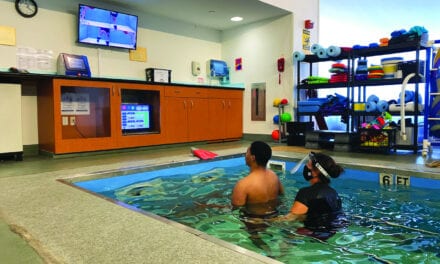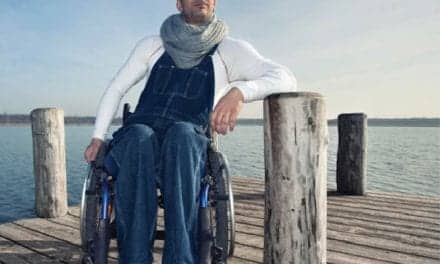Using intense physical therapy and electrical stimulation, a spinal cord-injured patient was able to move his paralyzed legs, stand, and make step-like motions for the first time in the 3 years since his injury occurred.
The 26-year-old patient’s case study—a collaboration between researchers from the Mayo Clinic and the University of California Los Angeles—appears in Mayo Clinic Proceedings.
“We’re really excited, because our results went beyond our expectations,” says neurosurgeon Kendall Lee, MD, PhD, principal investigator and director of Mayo Clinic’s Neural Engineering Laboratory, in a media release from Mayo Clinic. “These are initial findings, but the patient is continuing to make progress.”
Three years prior to the study, the patient became paralyzed below his mid torso as the result of a spinal cord injury at the sixth thoracic vertebrae at the middle of his back.
At the study’s outset, the patient received physical therapy three times per week for 22 weeks, to prepare his muscles for attempting tasks during spinal cord stimulation.
Following the physical therapy sessions, he underwent surgery to implant an electrode in the epidural space near the spinal cord below the injured area. This electrode is connected to a computer-controlled device placed under the skin in the patient’s abdomen, per the release.
After a 3-week recovery period from the surgery, the patient continued with his physical therapy sessions with stimulation settings adjusted to enable movements.
In the first 2 weeks, the patient was able to control his muscles while lying on his side, resulting in leg movements; make step-like motions while lying on his side and standing with partial support; and stand independently using his arms on support bars for balance, the release explains.
“This has really set the tone for our post-surgical rehabilitation—trying to use that function the patient recovered to drive even more return of abilities,” states Kristin Zhao, PhD, co-principal investigator and director of Mayo Clinic’s Assistive and Restorative Technology Laboratory.
The researchers suggest, per the data, that patients with discomplete spinal cord injuries may be candidates for what they call epidural stimulation therapy. However, they say more research is needed into how a discomplete injury contributes to recovering function.
[Source(s): Mayo Clinic, Science Daily]
[Image courtesy of Mayo Clinic]





